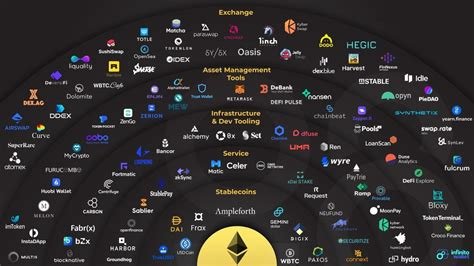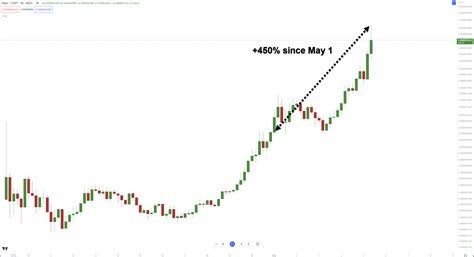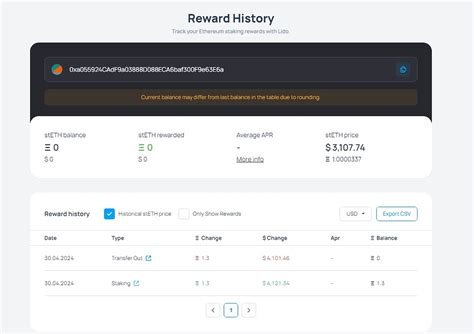What happens if you send Bitcoin (BTC) to Bitcoin Money (BCH, AKA BCC)?
Bitcoin Cash (BCH) is a decentralized digital currency created as an alternative to the original Bitcoin Protocol. After its fork in August 2017, several new cryptocurrencies appeared, including Bitcoin Cash (BCH), Bitcoin Cash Classic (BCHC) and others. In this article, we will study what happens if you send BTC to the BCH address after the fork on August 1st.
Fork: August 1, 2017
On August 1, 2017, Bitcoin’s network underwent a significant change with the introduction of the Protocol as a separate witness (SEGWIT). This has led to a significant increase in the size of the block and the processing fees, which makes it more expensive and takes time for miners to validate transactions.
To deal with this problem, a group of developers created a new cryptocurrency called Bitcoin Cash (BCH). The main goal was to create an alternative to allow the network to increase while maintaining its decentralized nature. BCH had a faster blocking time, less transaction fees and improved security features than Bitcoin.
Sending BTC to BCH address
If you try to send Bitcoin (BTC) to Bitcoin’s cash after the August 1 junction, several things can happen:
* Receiving BCH

: If your Bitcoin wallet contains funds that can be converted into cash on Bitcoin, you will receive the equivalent amount of BCH.
* Conversion fee : Depending on the stock exchange or platform you are using, there may be a conversion fee attached to the transaction. This fee is usually paid in Bitcoin (BTC) and will reduce the amount of BCH you receive.
* Transfer of BCH address : Once the conversion fee has been processed, your funds will be transferred directly to the recipient’s BCH address.
Recovery BTC if sent to BCH
If someone sends Bitcoin (BTC) to Bitcoin’s cash after the fork on August 1 and realizes that they have made a mistake, there are several possible solutions:
* Contact the sender : Refer to the person who sent you BCH and explain the situation. They may be ready to re -send your BTC or refund the amount.
* Use cryptocurrency exchange : You can use cryptocurrency exchange such as Coinbase, Binance or Kraken to transfer BTC back to your main portfolio.
* Bitcoin’s money market reconstruction
: If you think the price of BCH will rise in the future, you may be able to buy it back at a lower price and sell it later with profit.
In summary, if you send Bitcoin (BTC) to Bitcoin’s monetary address after the fork on August 1, there are several possible results. While some people may receive BCH or recover their funds, others may lose investment opportunities or have unnecessary fees.




